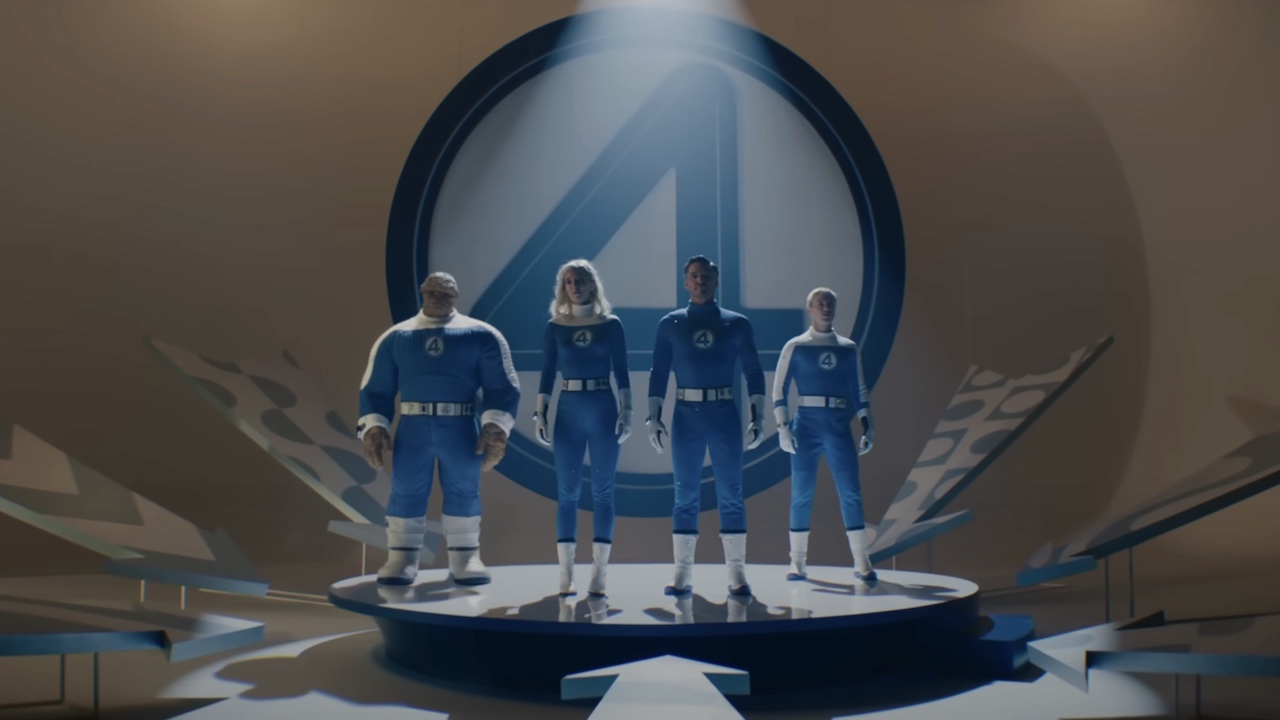Hayao Miyazaki: Things To Know About The Spirited Away Writer And Director
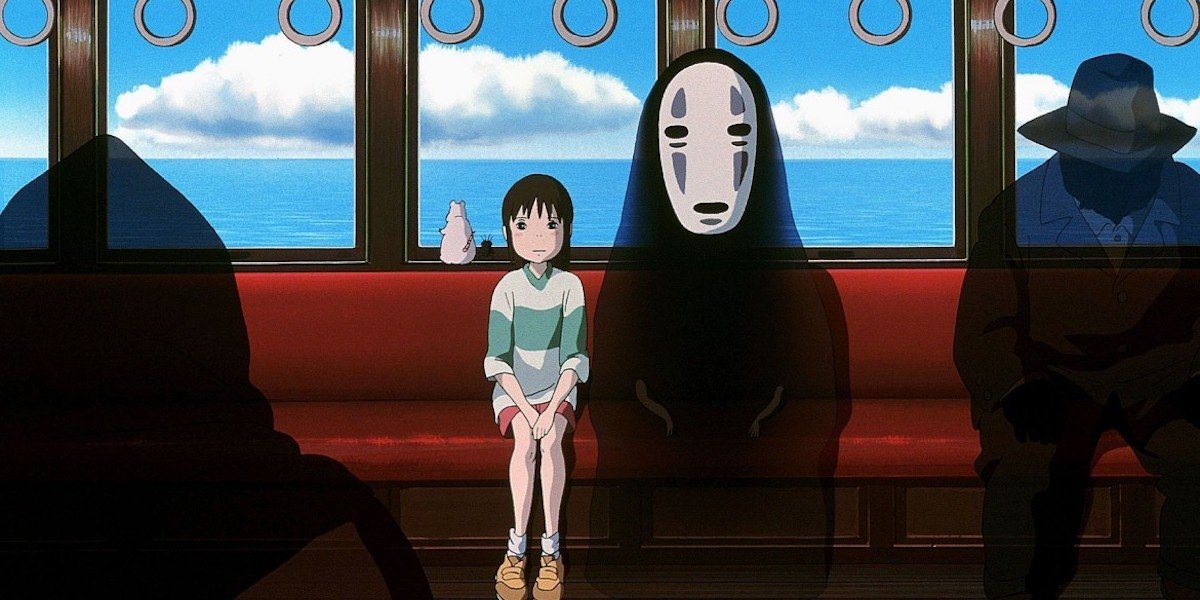
To some, the name Hayao Miyazaki is up there with Walt Disney, Steven Spielberg, and George Lucas because of the way the Japanese filmmaker has captured the hearts and imaginations of the children and adults alike over the course of his career at his animation house Studio Ghibli. With titles like My Neighbor Totoro, Spirited Away, and The Wind Rises, to name only a few, the iconic writer and director has given audiences some of the most cherished works of art ever seen.
But to others, they may not be familiar with the man behind the spellbinding works of pure animated joy over the years, and so now is the perfect time to look at Hayao Miyazaki, his processes, and the way he has grown from the son of a Japanese airplane manufacturer to one of the most beloved and celebrated names in the history of animation. This is Hayao Miyazaki.
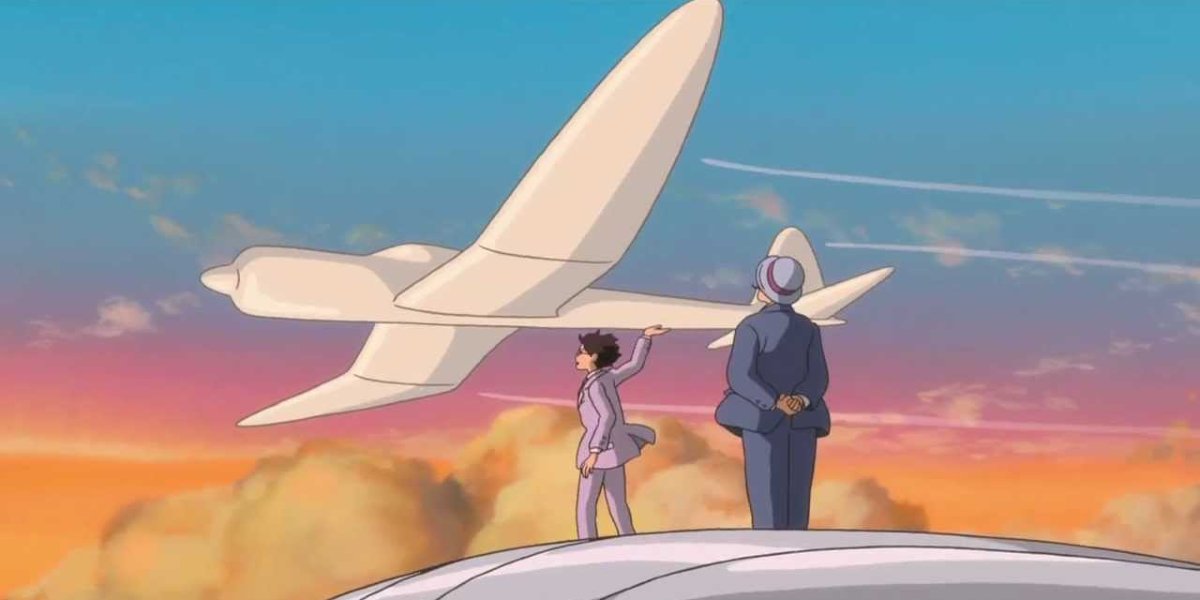
Hayao Miyazaki's Obsession With Airplanes Goes Back To His Childhood
Nearly every Hayao Miyazaki movie features a scene where the characters either fly in an airplane, on a broom, with a flying cat, or a makeshift helicopter and that all goes back to the filmmaker's childhood, in a home that was led by an airplane manufacturer. See, his father, Katsuji Miyazaki, ran the Miyazaki Airplane company, which produced the tail fins for Japanese fighter planes during World War II, and the young Hayao would often visit his father's factor and become transfixed by the machines and airplanes that populated the building.
The filmmaker told The Telegraph in 2014 that he would oftentimes have dreams about the airplanes and flying to places that his mind would take him at night. These dreams would later become the inspirations for those grand sequences in films like Kiki's Delivery Service and this most recent film, The Wind Rises, which centers around a boy fascinated by planes who later designs one of his very own.
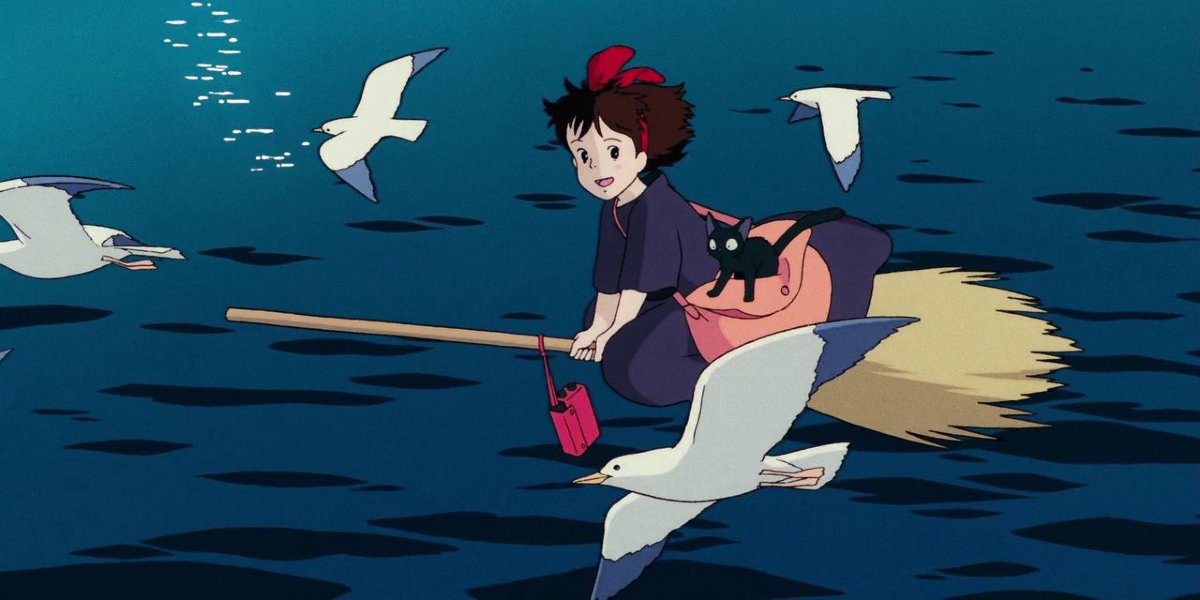
Hayao Miyazaki Came Up With The Name Of The Iconic Studio Ghibli
Remember how Hayao Miyazaki is obsessed with airplanes and flight in general? Well, his love of flying carried over into the naming of the famed Studio Ghibli animation house that he helped get off the ground with a few other Japanese animators in 1985. According to the Q & A section of the Studio Ghibli website, the spelling "Ghibli" comes from the Italian word meaning hot air blowing in the Sahara Desert, but it's also the name of an Italian military plane from World War II.
This makes sense for Miyazaki considering his background and childhood love of all things aeronautical. The Studio Ghibli website also states that the name is based on the idea of creating a hot air that would blow through and have an impact on the Japanese animation industry, which it very much did.
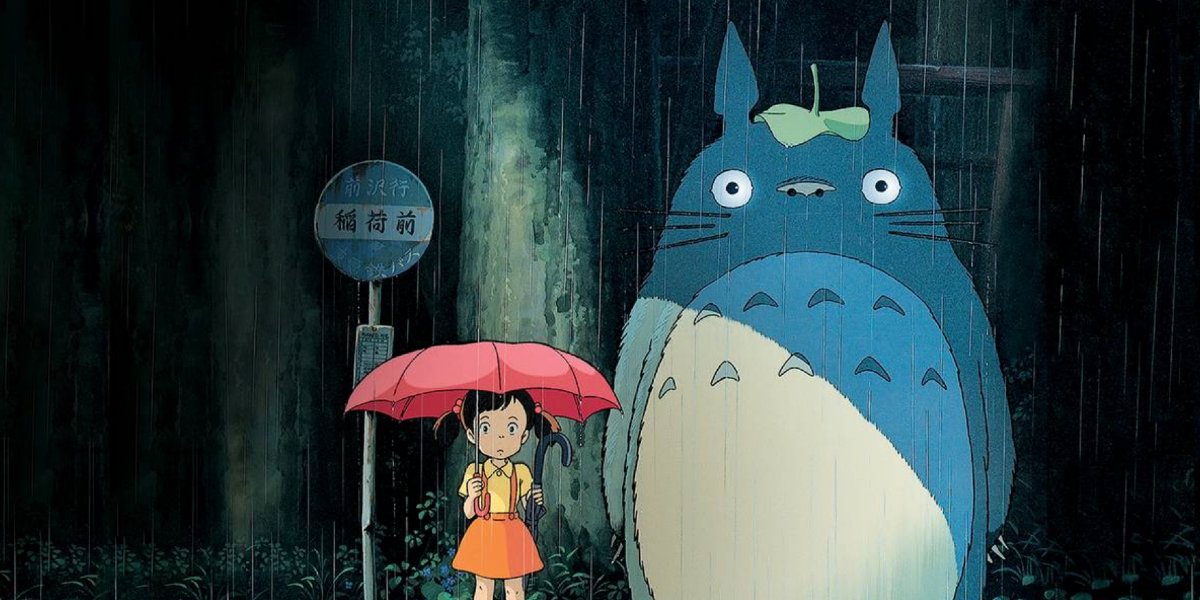
Hayao Miyazaki Is Suspicious Of Computers And Prefers To Draw His Movies By Hand
All Studio Ghibli films have a certain look to them and that's in part due to the way in which Hayao Miyazaki and his team of artists go about animating the movies. In a 2002 interview with Roger Ebert, Miyazaki admitted that he was suspicious of computers and personally draws thousands of frames by hand for each of his movies, adding:
Your Daily Blend of Entertainment News
We take [handmade] cell animation and digitize it in order to enrich the visual look, but everything starts with the human hand drawing. And the color standard is dictated by the background. We don't make up a color on the computer. Without creating those rigid standards we'll just be caught up in the whirlpool of computerization.
And that's what gives movies like Spirited Away, Ponyo, and Castle in the Sky such a distinct charm. Well, the animation and the timeless stories that accompany Hayao Miyazaki's painstaking obsession to details.
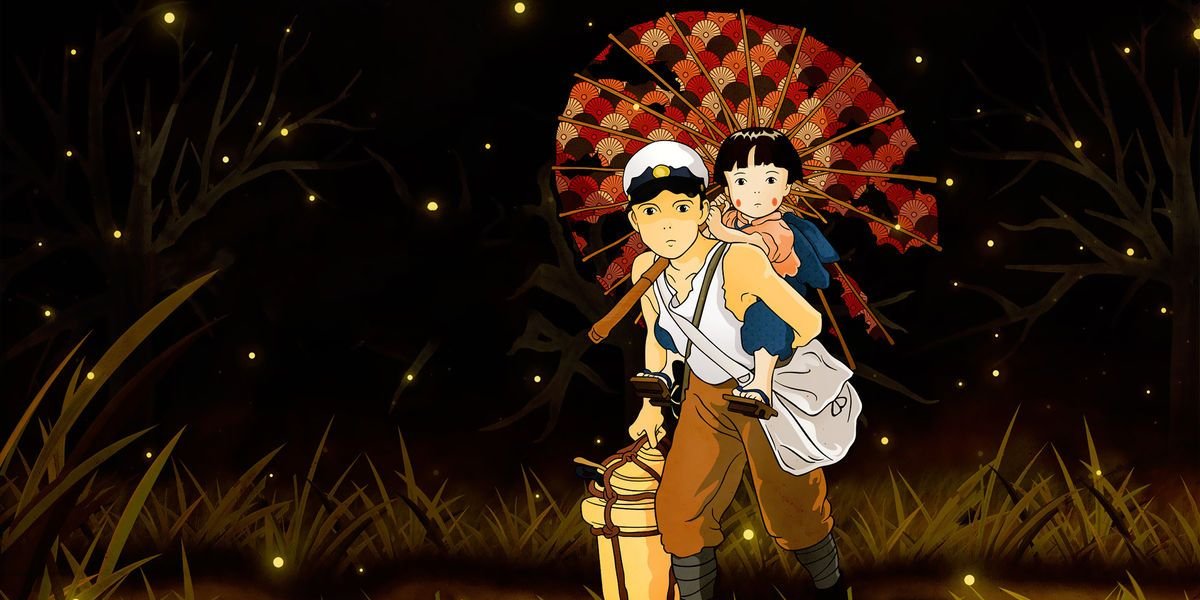
The Famed Director Often Doesn't Have A Completed Story When Starting His Movies
With stories as deep and rich as those featured in any number of Hayao Miyazaki's movies, especially in something as emotional as Grave of the Fireflies, you would think that every single beat of the narrative is ironed out before one drop of color hits the paper. Well, here's what the director told Midnight Eye in a 2002 interview explaining his process:
I don't have the story finished and ready when we start work on a film. I usually don't have the time. So the story develops when I start drawing storyboards. The production starts very soon thereafter, while the storyboards are still developing. We never know where the story will go, but we just keep working on the film as it develops. It's a dangerous way to make an animation film and I would like it to be different, but unfortunately, that's the way I work and everyone else is kind of forced to subject themselves to it.
It is hard to imagine anyone but Hayao Miyazaki pulling off something as unprecedented as that, but it's just the way he does things, and as the quality of his work shows, the process works.
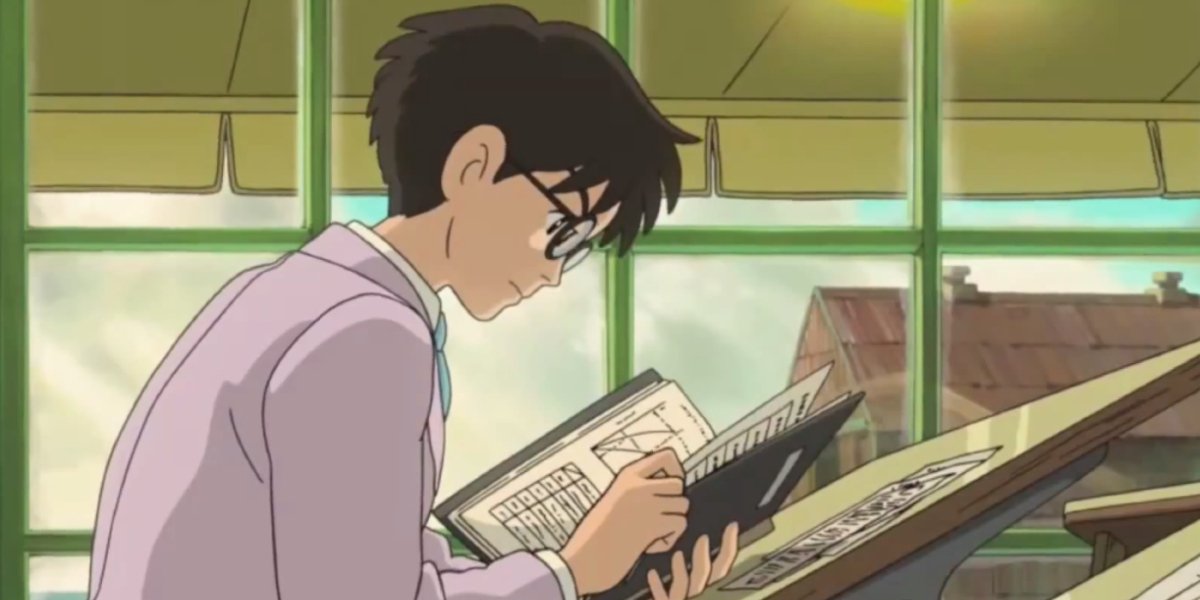
Studio Ghibli Announced In 2013 That Hayao Miyazaki Would Be Retiring Following The Release Of The Wind Rises
In 2013, fans of Hayao Miyazaki, and Studio Ghibli in general, were in for a shock when the Japanese animation house announced that following the release of The Wind Rises, the acclaimed director would be stepping down and retiring from filmmaking after decades of creating large, lived-in worlds and the characters that inhabited them.
At the time of his retirement announcement, Hayao Miyazaki had been working in the animation world for 50 years, having first joining Toei Animation in 1963 as an artist on Gulliver's Travels Beyond The Moon before later making a name for himself by directing the 1979 feature The Castle of Cagliostro. But as we would all learn just a few years after the 2013 reveal, Miyazaki wasn't going to be gone for long.
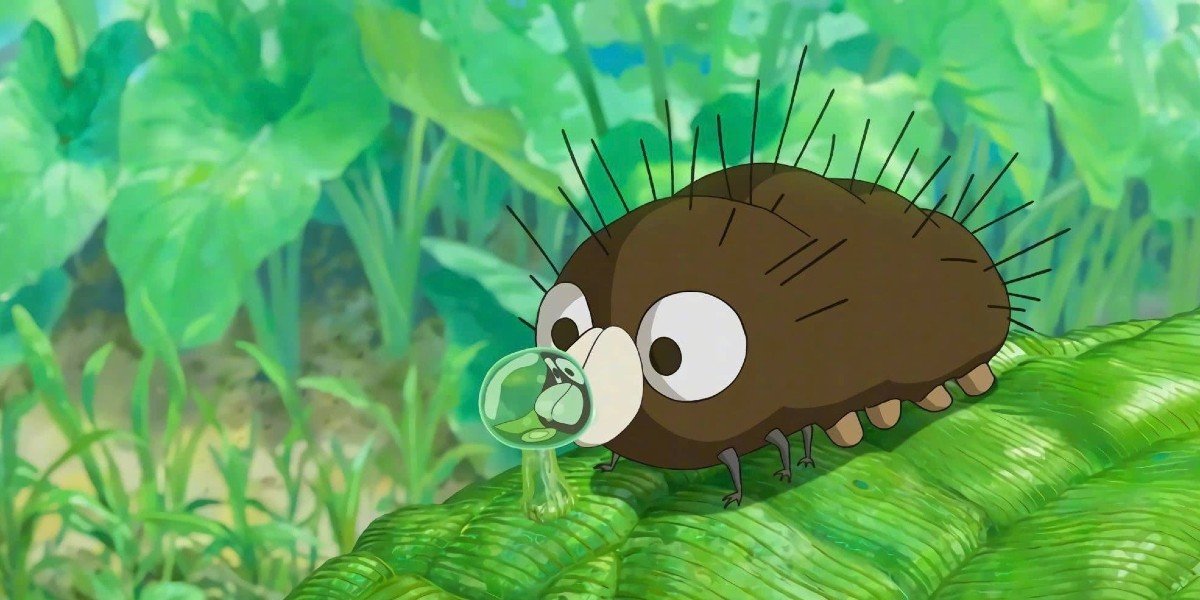
Hayao Miyazaki And Studio Ghibli Returned In 2017 To Start Work On His Latest Film
A few years after Hayao Miyazaki announced that he would be retiring, the accomplished filmmaker came back to Studio Ghibli to write and direct a short film called Boro the Caterpillar. Shown exclusively in the Ghibli Museum in Mitaka, Japan, the 14-minute short was released on March 21, 2018, nearly five years since everyone thought they had seen the last of the visionary animator.
But that's not all. Around the time he was announced to be returning for Boro the Caterpillar, Studio Ghibli revealed that Hayao Miyazaki was also working on a feature-length animated movie, one whose title would later become known as How Do You Live? According to EW, the film, which doesn't have a release date, is based on Yoshino Genzaburo's 1937 story about a boy who undergoes a great spiritual change following the death of his father.
Those are just a few interesting things about the life and work of Hayao Miyazaki. If all of this talk about excellent Japanese animated films has you wanting to revisit a timeless classic or watch one for the first time, then head over to HBO Max where the entire Studio Ghibli library is streaming.

Philip grew up in Louisiana (not New Orleans) before moving to St. Louis after graduating from Louisiana State University-Shreveport. When he's not writing about movies or television, Philip can be found being chased by his three kids, telling his dogs to stop barking at the mailman, or chatting about professional wrestling to his wife. Writing gigs with school newspapers, multiple daily newspapers, and other varied job experiences led him to this point where he actually gets to write about movies, shows, wrestling, and documentaries (which is a huge win in his eyes). If the stars properly align, he will talk about For Love Of The Game being the best baseball movie of all time.
